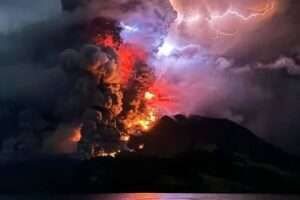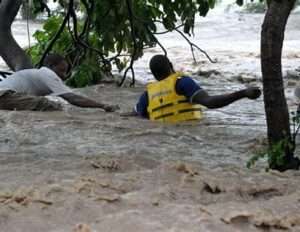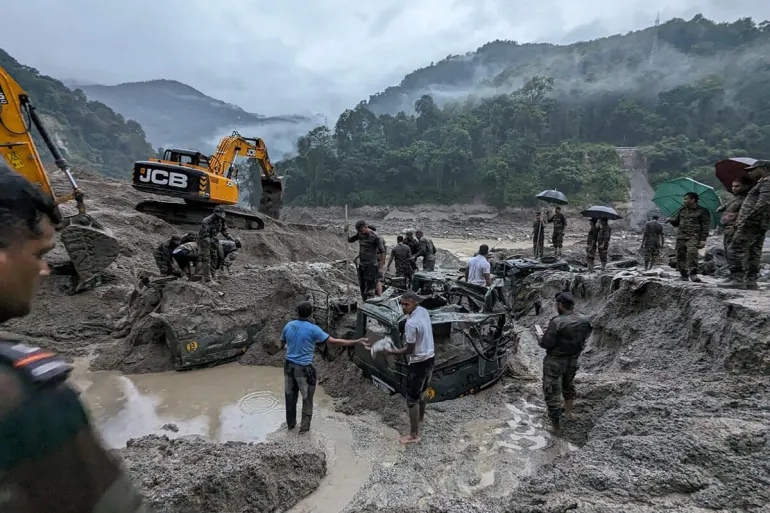
The search is hampered by the collapse of the main highway linking Sikkim to the West Bengal state and Gangtok.
The death toll has risen to at least 14 people after flooding in India’s northeastern state of Sikkim that came after heavy rainfall caused the glacial Lhonak lake to overflow.
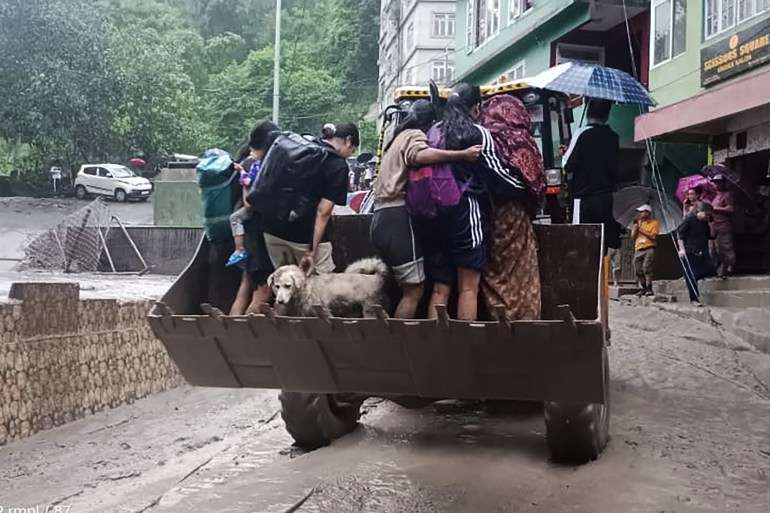
At least 26 people were also injured and 102 others, including 23 army personnel, were reported missing, officials said on Thursday.
Sikkim received 40.9 millimetres of rainfall between Tuesday and Wednesday morning, according to the India Meteorological Department (IMD) – almost five times its normal rate of 8.6mm for this time of the year.
The water surge came after intense rainfall burst the high-altitude Lhonak lake, which sits at the base of a glacier in peaks surrounding the world’s third-highest mountain, Kangchenjunga.
The wall of water powered downstream, adding to a river already swollen by monsoon rains, damaging a dam, sweeping away houses and bridges, and causing “serious destruction”, the Sikkim state government said.

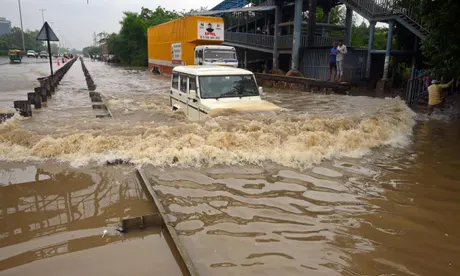
Roads had been “severely” damaged and 14 bridges had been washed away along the banks of the Teesta river.
This handout photograph released by the Indian Army and taken on October 4, 2023, shows a house amid flood waters after the Teesta River overflowed in India’s Sikkim state following a flash flood caused by intense rainfall. – The Indian army said October 4 that 23 soldiers were missing after a powerful flash flood caused by intense rainfall tore through a valley in the mountainous northeast .
The Teesta river overflowed in India’s Sikkim state following a flash flood caused by intense rainfall in the mountainous northeast Sikkim state [Indian Army/handout via AFP]
According to a defence ministry spokesperson, search operations for the missing troops are under way.
However, the search has been hampered by the collapse of the main highway linking Sikkim to the West Bengal state and Gangtok, the capital of the northeastern state.
GT Dhungel, a member of the Sikkim Legislative Assembly, told Reuters news agency that petrol and diesel had already become scarce in Gangtok but food was easily available.
The damage was recorded more than 120km (75 miles) downstream and about 22,000 people living in the vicinity are likely to be affected, officials said.

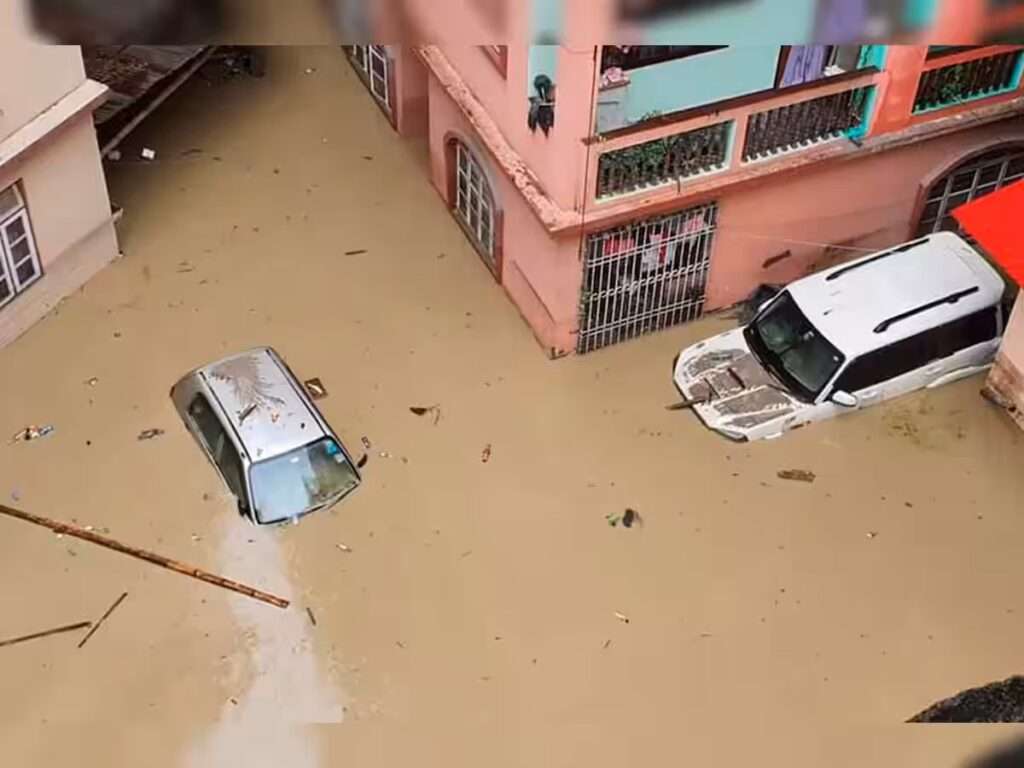
Video footage from the ANI news agency showed flood waters surging into built-up areas where several houses collapsed, army bases and other facilities were damaged and vehicles submerged.
Prime Minister Narendra Modi has promised “all possible support” for those affected.
This handout photograph released by the Indian Ministry of Defence and taken on October 4, 2023, shows residents being evacuated on a backhoe loader in Muguthang, in India’s Sikkim state following a flash flood caused by intense rainfall. – The Indian army said October 4 that 23 soldiers were missing after a powerful flash flood caused by intense rainfall tore through a valley in the mountainous northeast Sikkim state.
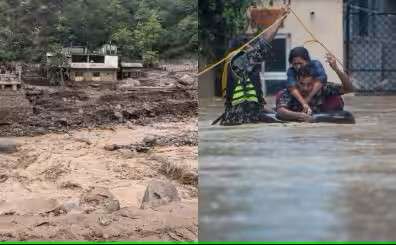


Residents being evacuated on a backhoe in Muguthang, in India’s Sikkim state following a flash flood caused by intense rainfall [Indian Ministry of Defence/handout via AFP]
Lhonak lake shrunk by nearly two-thirds in size, an area roughly equivalent to about 150 football pitches (105 hectares), satellite photographs released by the Indian Space Research Organisation showed.
Himalayan glaciers are melting faster than ever due to climate change, exposing communities to unpredictable and costly disasters, according to the International Centre for Integrated Mountain Development (ICIMOD) research group.
“We observe that such extreme events increase in frequency as the climate continues to warm and takes us into unknown territory,” said Miriam Jackson, a scientist specialising in ice who monitors Himalayan regions with the Nepal-based ICIMOD.
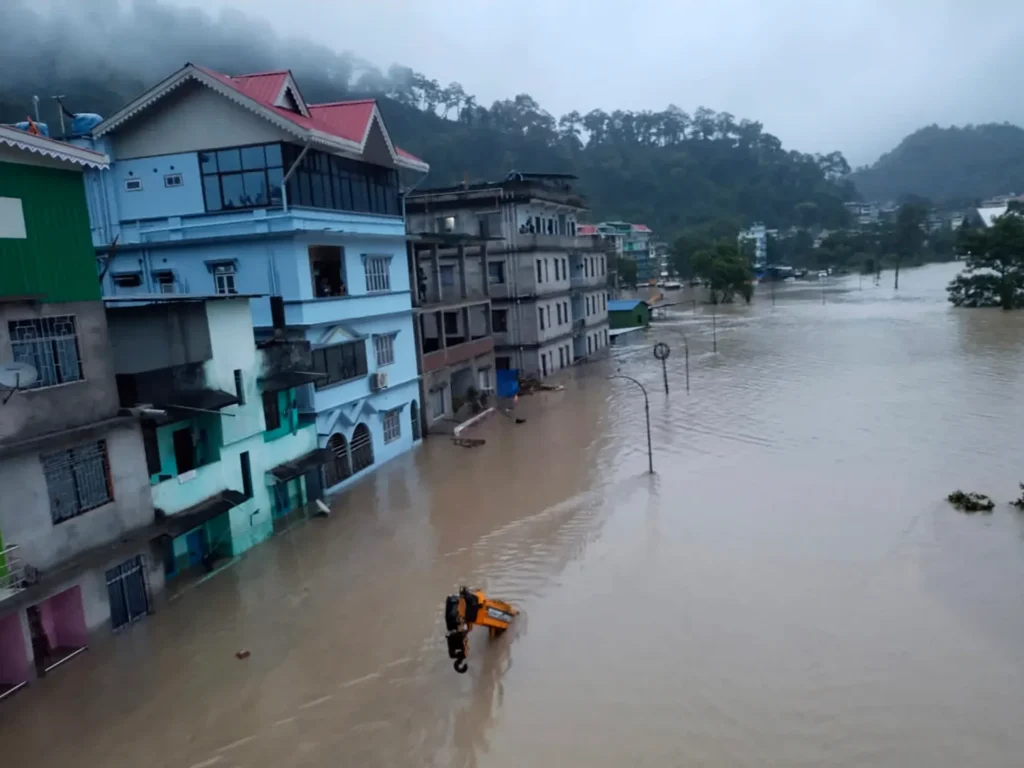
Earth’s average surface temperature has risen nearly 1.2 degrees Celsius since preindustrial times, but high-mountain regions around the world have warmed at twice that pace, climate scientists say, posing a greater risk across the wider Himalayan mountain range.
Other mountainous areas of India, as well as parts of neighbouring Pakistan and Nepal have been hit by torrential rains, flooding and landslides in recent months, killing many people.
Source : Aljazeera
Richard Koomson| mediacentralonline.info |Ghana
kindly send us your stories on our WhatsApp line 0500004727


